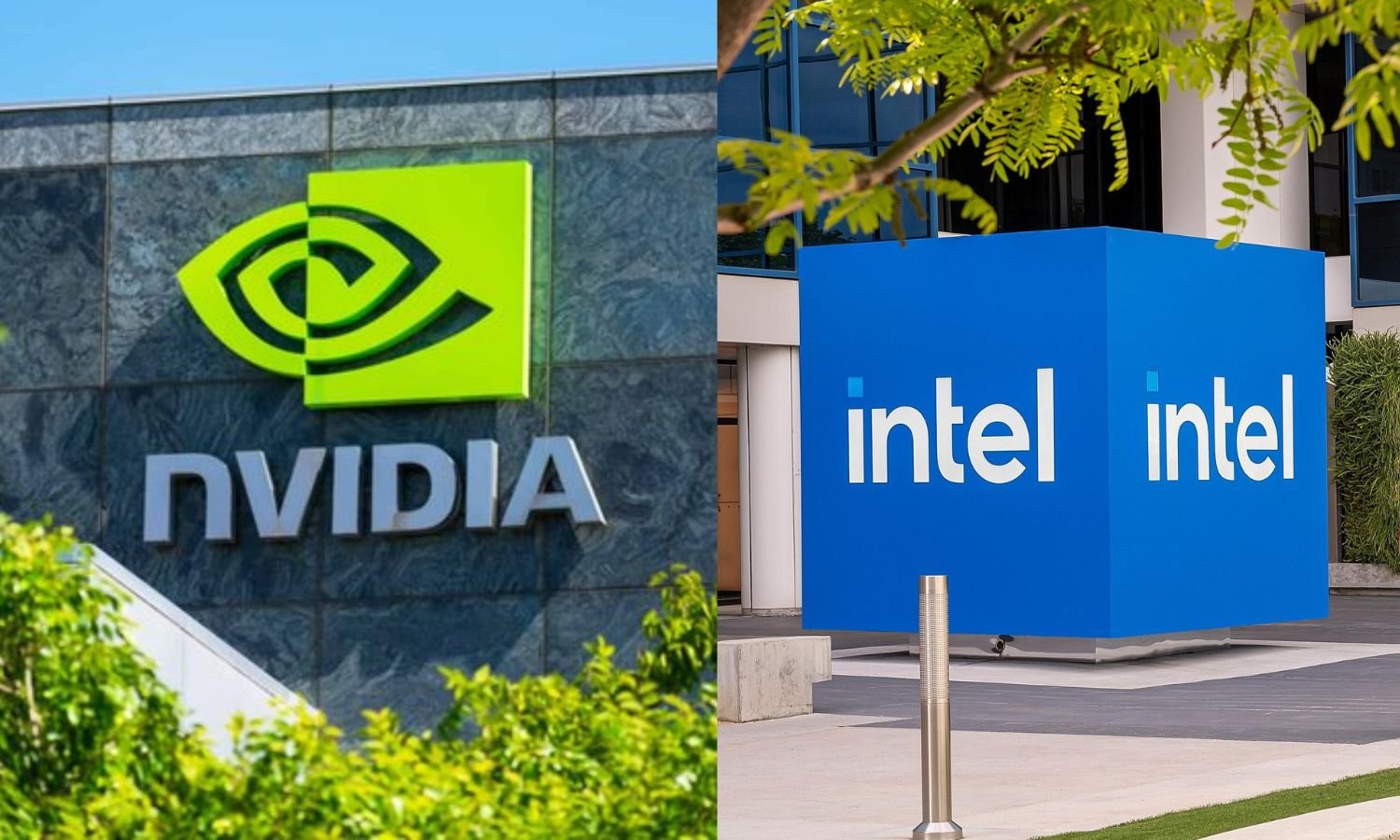A Revolutionary Low-Cost AI Breakthrough
In a landmark achievement, researchers from Stanford University and the University of Washington have developed an advanced open-source AI reasoning model, S1, trained for less than $50 in cloud compute credits. This development challenges the dominant AI industry practice of requiring multi-million-dollar investments to train cutting-edge AI models, proving that low-cost alternatives can achieve high performance in complex reasoning tasks.
S1 directly rivals OpenAI’s o1 reasoning model and demonstrates test-time scaling, a novel technique that allows the model to refine its responses dynamically during testing. Unlike traditional large-scale AI models, which require extensive datasets and reinforcement learning, S1 achieves high reasoning accuracy with a small yet carefully curated dataset of only 1,000 questions.
This breakthrough raises important questions about the future of AI development: Can smaller, low-cost AI models challenge the dominance of industry giants like OpenAI, Google, and DeepMind? And how will Big Tech respond to the growing trend of open-source AI?
What Is the S1 AI Model?
S1 is an open-source, advanced reasoning model designed to tackle complex questions by breaking them down into smaller, more manageable steps. The key innovation behind S1 is test-time scaling, a technique that allows the model to dynamically allocate additional computational resources when evaluating a problem.
This approach enables S1 to “think through” related sub-questions before delivering a final answer, making its reasoning process more structured and accurate than conventional models. Unlike standard large language models (LLMs) that rely on massive pre-training, S1 learns on-the-fly and improves as it processes new inputs.
For example, if a user asks, “How much would it cost to replace all iPhones with Android tablets?”, S1 will:
- Analyze the question, breaking it into key components.
- Gather relevant sub-questions, such as:
- How many people currently use iPhones?
- What is the manufacturing cost of an Android tablet?
- How would distribution affect pricing?
- Iterate over potential answers, refining its response step-by-step rather than generating an answer outright.
This structured approach is what makes S1 unique compared to other large-scale AI models, which typically generate responses based on pre-learned patterns rather than real-time reasoning.
How Was S1 Trained?
The most remarkable aspect of S1’s development is its incredibly low training cost—just $50 in cloud compute credits. In contrast, AI models from OpenAI, Google, and DeepMind often require millions of dollars in GPU resources.
Here’s how researchers built S1 on a shoestring budget:
1. Curated a High-Quality Dataset (S1K)
S1 was trained using a dataset called S1K, which consists of 1,000 carefully selected questions from domains like:
- Mathematics
- Logic & reasoning
- Science
- Real-world problem-solving
Unlike traditional AI training, which uses billions of words from the internet, the S1K dataset focuses on depth over volume, allowing the model to master complex reasoning without excessive data requirements.
2. Supervised Fine-Tuning (SFT)
Researchers applied Supervised Fine-Tuning (SFT), a cost-effective method where the model is explicitly trained on hand-picked high-quality questions and answers.
S1 was fine-tuned for just 26 minutes on 16 NVIDIA H100 GPUs, a stark contrast to models like GPT-4 or Gemini 1.5, which require weeks or even months of training on thousands of GPUs.
3. Built on Qwen2.5-32B-Instruct
Instead of training a model from scratch, researchers leveraged Qwen2.5-32B-Instruct, an off-the-shelf language model developed by Alibaba’s Qwen AI Lab. This allowed them to skip the expensive pre-training phase and focus directly on reasoning improvements.
4. Used Distillation from Google’s Gemini 2.0
S1 was partially trained using distillation, a process where a smaller AI model learns from a larger one. Researchers used outputs from Google’s Gemini 2.0 Flash Thinking Experimental, a model known for step-by-step reasoning.
By mimicking Gemini’s thought process, S1 was able to replicate strong reasoning abilities using only a fraction of the training data.
5. Implemented “Wait” for Improved Reasoning
One simple but effective trick the researchers used was instructing S1 to “wait” before answering. By giving the model extra time to reassess its response, they improved its accuracy significantly.
How Does S1 Perform Against Industry Giants?
S1 was evaluated against three major AI benchmarks:
- AIME24 (Advanced Mathematics)
- MATH500 (Math Competition Problems)
- GPQA Diamond (General-Purpose Reasoning)
Key Findings:
✅ Outperforms OpenAI’s o1 Preview on structured reasoning tasks
✅ Achieves a 27% improvement on math competition problems
✅ Matches DeepSeek’s R1 model in logical reasoning performance
✅ Generates answers in an iterative, human-like way
This proves that small, well-trained models can compete with multi-billion-dollar AI systems, challenging the assumption that bigger is always better in AI.









